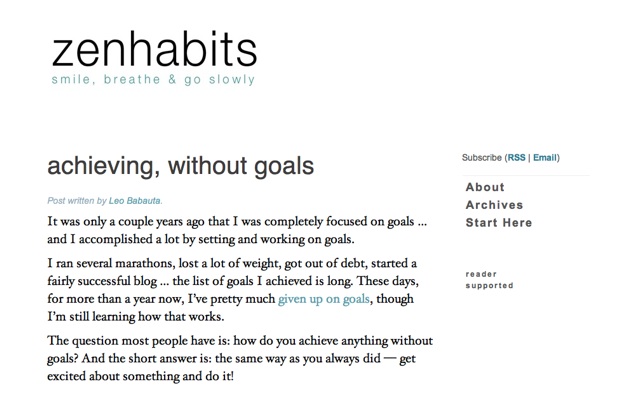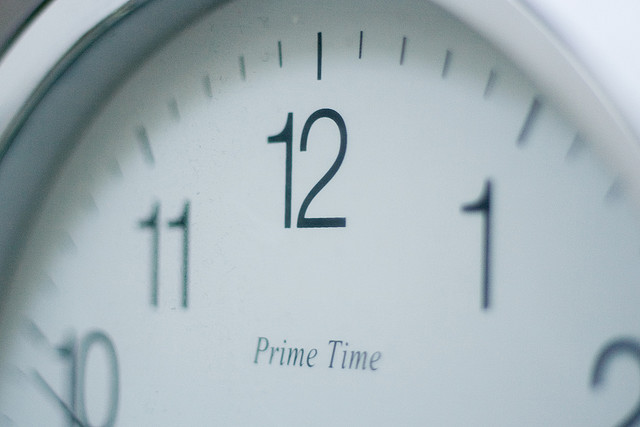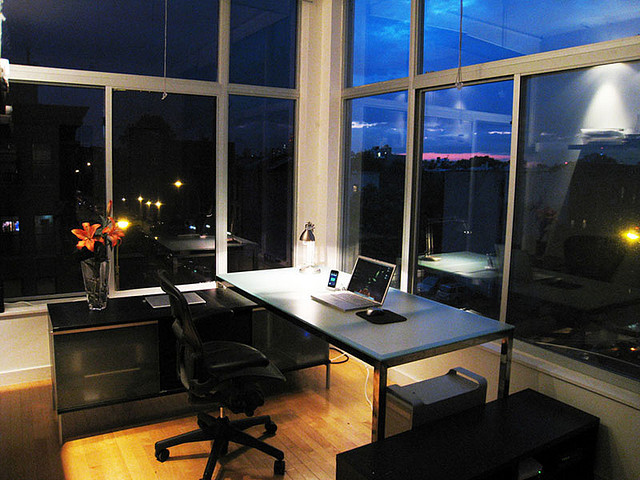Minimalism. The term is pretty divisive. Some think it’s a bunch of self-serving nonsense – a fancy label for a convoluted lifestyle design.
Others swear by the principle, drastically improving their life and surroundings. Regardless of what you think of it, the fact is that there are benefits to be found within minimalism that can simplify and improve your designs.
First of all, what exactly is minimalism? Minimalism is getting rid of the unnecessary and focusing only on what’s important.
Yeah, that makes sense in your day-to-day life and surroundings, but why the heck is minimalism discussed in a design article? Well, turns out you can use the principles of minimalism in your designs. Basically, you include less in your designs rather than more. In fact, there are 5 reasons to include less in your designs.
Besides sounding like a fancy term, design minimalism can indeed help you to simplify and improve your designs. The nice part is that you will not only help your audience, but you’ll help yourself and your design work as well – benefits all around.
So without further ado, here are five reasons to include less in your designs:
This one might be pretty obvious to you. The fewer elements you have in your design, the easier it is for someone to focus on and make sense of it. And the fewer accessory elements on the sides, the easier it is for your audience to consume your content.

That content could be the headline, a block of text or useful info, an article, a video, or whatever else. But the point is that the less there is to distract your audience, the easier it is for them to focus on and consume your content.
Think about it: which video was easier to focus on and watch: the one with only the video on the page, a simple background, and maybe a widget or two below? Or the one with tons of sidebar links, ads, links, text, and other distractions?
And also, which websites are easier for you to navigate: the ones that have very few elements, menu items, and just choices in general? Or the ones cluttered with too many menu items, column-stuffing elements, and an overwhelming amount of choices as to where you can click?
Make it easier for your audience. They’ll appreciate it.
2. Looks Cleaner and More Attractive
This goes hand in hand with your design being easier to view, navigate, and consume. The less you include in your design, the cleaner and more attractive it will look.
You’ll have fewer opportunities for elements to screw up your design. When you have very few elements, it’s hard to make them clash or overwhelm the design with them. The really popular example is Apple – not only with their physical products and operating systems, but with their packaging, visual, and web designs as well.
If you analyze it, there’s not much going on: a logo, an image of the product, and some information. That’s it. Yet that’s a big reason why it looks so clean and attractive: design minimalism.
Don’t include any more elements in your designs than you need to. Your designs will automatically look cleaner and more attractive as a result.
3. Easier for You to Create
The fewer elements you have to work with, the easier it is for you to create a nice and effective design. There’s less to balance, less to arrange next to each other, and less to resize and move around.
If you have only a nice table, a spacious and comfortable couch, and a bright lamp to arrange in a room, it’s relatively easy to arrange them in a room. But add in some chairs, a footstool, a bookshelf, and a pair of corner tables, and suddenly it’s a lot tougher to effectively arrange them in a room. Even if you had a larger room, the task doesn’t become much easier since you have so many elements to juggle.
Make it easier for yourself by including less in your designs.
4. Faster for You to Finish
Just like how it’s easier for you to create when you include less in your designs, it becomes faster for you to finish. You don’t have as many elements you need to create and take care of, so you can finish your designs quicker.
Now, this doesn’t mean you shouldn’t try hard to make each of the few elements great. Quite the opposite, in fact – by having less in your designs, there’s more of a spotlight on each element. So it forces you to make them as good as you can, which is yet another benefit since you’d want every aspect of your designs to be at their best anyway.
Besides that, though, by having less in your designs, you won’t need to spend as much time creating new elements and then tweaking and arranging them. So you’ll be able to finish your designs faster, freeing up time to create even more greatness. Or take a break. Whatever works for you.
5. You Get Minimalism Bragging Rights
By using design minimalism, you’ll be an official card-carrying minimalist. Nice, huh?
Okay, so that’s not really true. And you shouldn’t care what others think of you anyway, so bragging rights shouldn’t be the primary reason to do something. Still, when you can effectively pull off including less in your designs, it will look impressive to others.
Have you ever met a person who looked at a beautiful, clean design and said, “you know what, this would look a lot better with a whole bunch more stuff in it”? Probably not.
Not only will you impress others, but whenever the topic of minimalism in design is brought up, you can chime in with your expertise. Or submit your work to design minimalism roundups and showcases. The point is you can confidently join in on the minimalism fun.
Design Minimalism
Minimalism is not only a principle that can help people focus in their lives, but design minimalism can help simplify and improve your designs as well. The above five reasons have hopefully shown you why you should consider using design minimalism in your work. By including less in your designs, you’ll benefit not only your audience but yourself as well.
To recap, here are the five reasons to include less in your designs:
- Easier for your audience to view, navigate, and consume
- Looks cleaner and more attractive
- Easier for you to create
- Faster for you to finish
- You get minimalism bragging rights
Related Topics
Top




